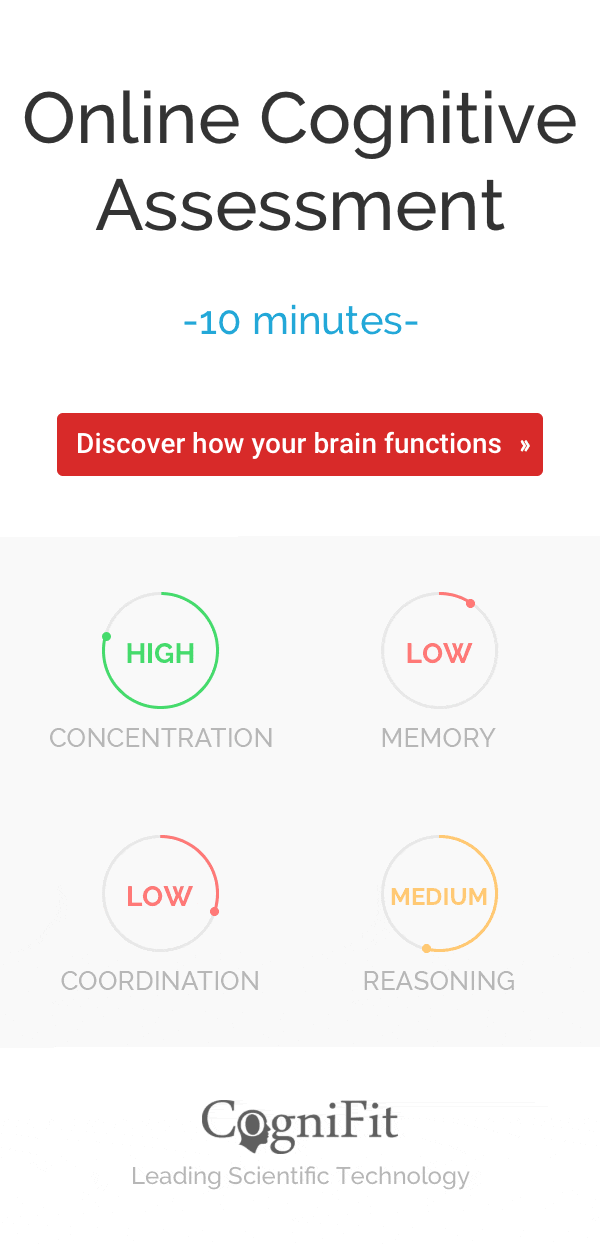
Unraveling the Connection Between Job Burnout, Cognitive Functioning, and Brain-Derived Neurotrophic Factor
The healthcare sector, particularly nursing, is renowned for its demanding nature, often leading to job burnout—a state of physical, emotional, and mental exhaustion caused by prolonged stress. Burnout not only affects the well-being of nurses but also has implications for patient care quality. A recent study titled “Job burnout, cognitive functioning, and Brain-derived neurotrophic factor expression among hospital Mexican nurses” delves into the intricate relationships between burnout, cognitive performance, and the expression of Brain-Derived Neurotrophic Factor (BDNF) among Mexican nurses.

Understanding Burnout
Burnout in nursing is characterized by three primary dimensions: emotional exhaustion, de-personalization, and reduced personal accomplishment. Emotional exhaustion refers to feelings of being emotionally overextended and depleted of emotional resources. De-personalization involves a detached response towards patients, leading to impersonal treatment. Reduced personal accomplishment denotes a decline in feelings of competence and successful achievement in one’s work. These dimensions collectively contribute to decreased job satisfaction and increased turnover rates among nurses.
The Role of Brain-Derived Neurotrophic Factor (BDNF)
BDNF is a protein that plays a crucial role in the survival, development, and function of neurons. It is integral to cognitive processes such as learning and memory. Previous research has indicated that stress and mood disorders can lead to alterations in BDNF levels, suggesting a potential link between BDNF expression and psychological well-being.
Study Overview
The study employed a descriptive cross-sectional design, targeting staff nurses working in hospitals in Guanajuato, Mexico. Data collection encompassed demographic information, working conditions, burnout assessment using the Maslach Burnout Inventory (MBI), cognitive function evaluation through the General Cognitive Assessment (CAB) by CogniFit©, and measurement of serum BDNF (sBDNF) levels via blood samples processed using the ELISA technique.
Key Findings
- Association Between Sociodemographic Factors and Burnout: The study identified specific sociodemographic characteristics and working conditions that are associated with burnout syndrome among nurses. For instance, factors such as age, gender, years of experience, and shift patterns may influence the prevalence and severity of burnout symptoms.
- BDNF Levels and Burnout: A significant finding was the decrease in sBDNF levels among nurses experiencing burnout. Moreover, there was a negative correlation between BDNF levels and burnout syndrome, indicating that lower BDNF levels are associated with higher burnout symptoms.
- Cognitive Impairment in Burnout Nurses: Nurses suffering from burnout exhibited notable cognitive impairments, particularly in areas such as reasoning, memory, and attention. These deficits were evident in the total scores of the CAB assessment.
- Correlation Between BDNF Levels and Cognitive Deficits: Interestingly, the study found a positive correlation between sBDNF levels and cognitive deficits in burnout nurses. This suggests that reduced BDNF levels could be a biological indicator or part of the pathological process of burnout, potentially affecting cognitive abilities.
Implications for Nursing Practice
The findings of this study have significant implications for nursing practice:
- Early Detection and Intervention: Monitoring BDNF levels could serve as a biomarker for early detection of burnout, allowing for timely interventions to prevent further cognitive decline and deterioration of mental health.
- Cognitive Function Support: Implementing programs aimed at supporting and enhancing cognitive functions among nurses may mitigate the adverse effects of burnout. This could include cognitive training exercises, mindfulness practices, and stress management techniques.
- Work Environment Optimization: Addressing the sociodemographic and working condition factors associated with burnout can lead to the development of targeted strategies to improve the work environment, thereby reducing the risk of burnout.
Original Insights and Commentary
This study provides a comprehensive analysis of the interplay between burnout, cognitive functioning, and BDNF levels among Mexican nurses. The negative correlation between BDNF levels and burnout underscores the potential of BDNF as a biomarker for burnout, paving the way for biological assessments in occupational health.
Furthermore, the observed cognitive impairments in burnout nurses highlight the need for healthcare institutions to prioritize mental health support and cognitive function preservation. Integrating regular cognitive assessments and providing resources for mental well-being could enhance nurse performance and patient care quality.
The study also prompts a deeper exploration into the biological underpinnings of burnout. Understanding the mechanisms through which burnout affects BDNF expression and cognitive functions can inform the development of targeted therapeutic interventions, such as pharmacological treatments aimed at modulating BDNF levels or non-pharmacological approaches like cognitive-behavioral therapy.
Conclusion
The intricate relationship between job burnout, cognitive functioning, and BDNF expression presents a compelling area for further research. This study’s findings emphasize the importance of a holistic approach in addressing burnout, considering both psychological and biological factors. By leveraging these insights, healthcare institutions can implement evidence-based strategies to support nurse well-being, ultimately leading to improved patient outcomes and a more resilient healthcare workforce.
Read Here: PLOS One | Research Journal
The information in this article is provided for informational purposes only and is not medical advice. For medical advice, please consult your doctor.













